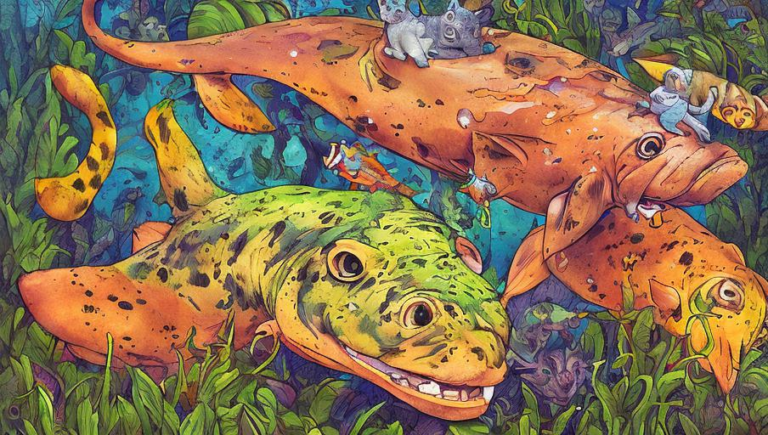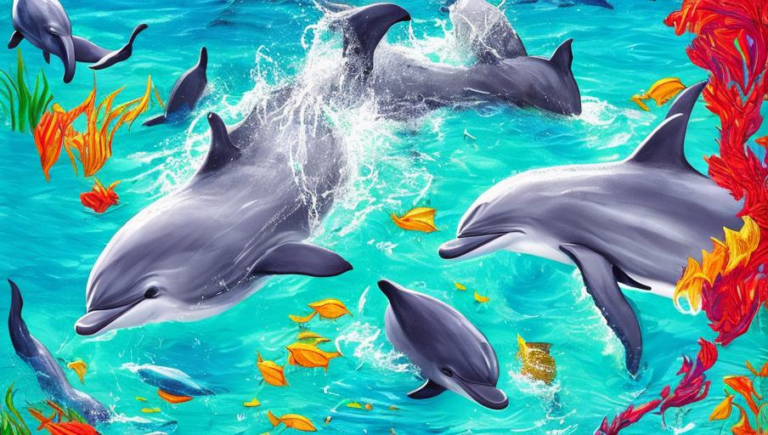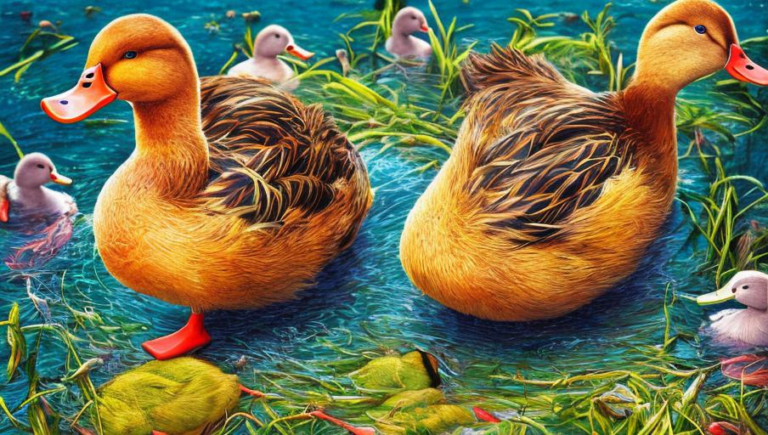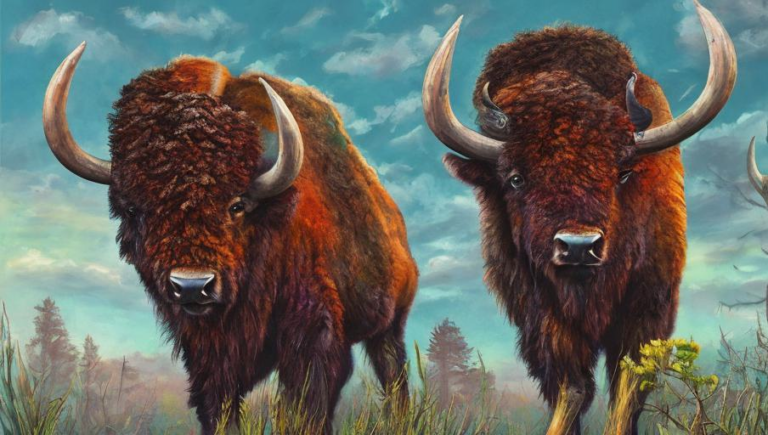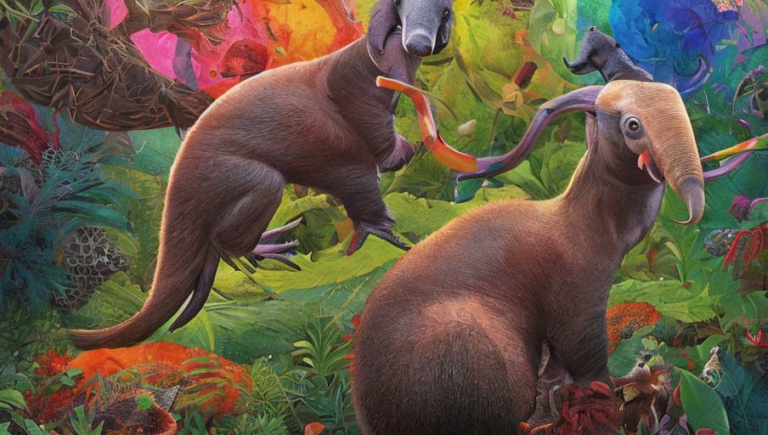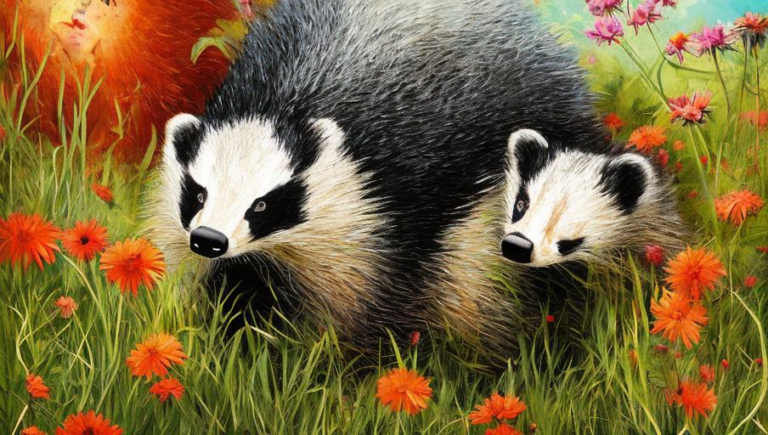Vigilant Care: How to Help Protect the Curlew
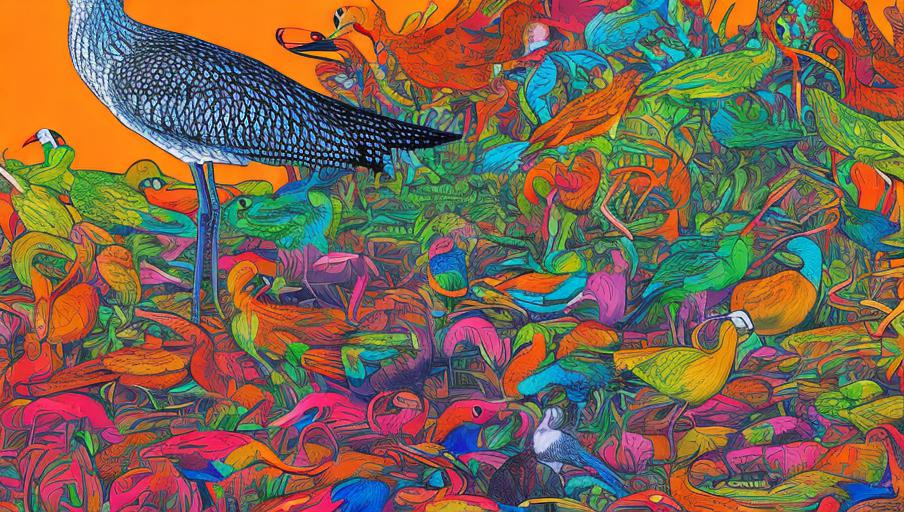
Introduction
The curlew is a unique, long-legged wading bird found in a variety of habitats across the world. It is a popular subject of birdwatching and wildlife photography, due to its distinctive features and beautiful plumage. However, the curlew is facing a number of threats, including habitat destruction, hunting, and pollution. As a result, its population is rapidly declining, and it is now listed as an endangered species in some areas. It is therefore important to take action to protect this species before it is too late.
Habitat Destruction
One of the main threats facing the curlew is the destruction of its habitat. The curlew requires a range of open, grassy areas to live and breed. Unfortunately, these areas are often destroyed in the name of development, leaving the curlew with nowhere to live. Human activities such as farming, logging, and urbanization all contribute to the destruction of the bird’s habitats. It is therefore important to limit these activities in areas where the curlew is found in order to give the species a chance to survive.
Hunting
Hunting is another major threat facing the curlew. While hunting is illegal in many countries, the bird is still hunted in some areas. Hunting puts additional stress on the curlew’s already dwindling numbers, and can lead to a rapid decline in population. It is therefore important to ensure that hunting is prohibited in areas where the curlew lives, and that any hunting that does occur is monitored and regulated.
Pollution
Pollution is another factor that is negatively impacting the curlew. The bird is particularly vulnerable to pollutants such as pesticides, as its long legs make it difficult for it to avoid them. These pollutants can have a devastating effect on the bird’s health, and can also contaminate its habitat. It is therefore important to reduce the amount of pollutants entering the environment in order to give the curlew a chance to survive.
What You Can Do
There are a number of things that you can do to help protect the curlew. Firstly, you can help to preserve its habitat by supporting organizations that are dedicated to protecting the environment. You can also help to reduce the amount of pollutants entering the environment by using eco-friendly products and reducing your use of single-use plastics. Finally, you can spread awareness of the curlew and its plight by sharing information about the bird with your friends, family, and colleagues.
Conclusion
The curlew is a beautiful and unique bird that is facing a number of threats to its survival. It is therefore important to take action to protect this species before it is too late. By supporting organizations that are dedicated to preserving the environment, reducing pollutants, and spreading awareness of the curlew, you can help to ensure that this species is not lost forever.
